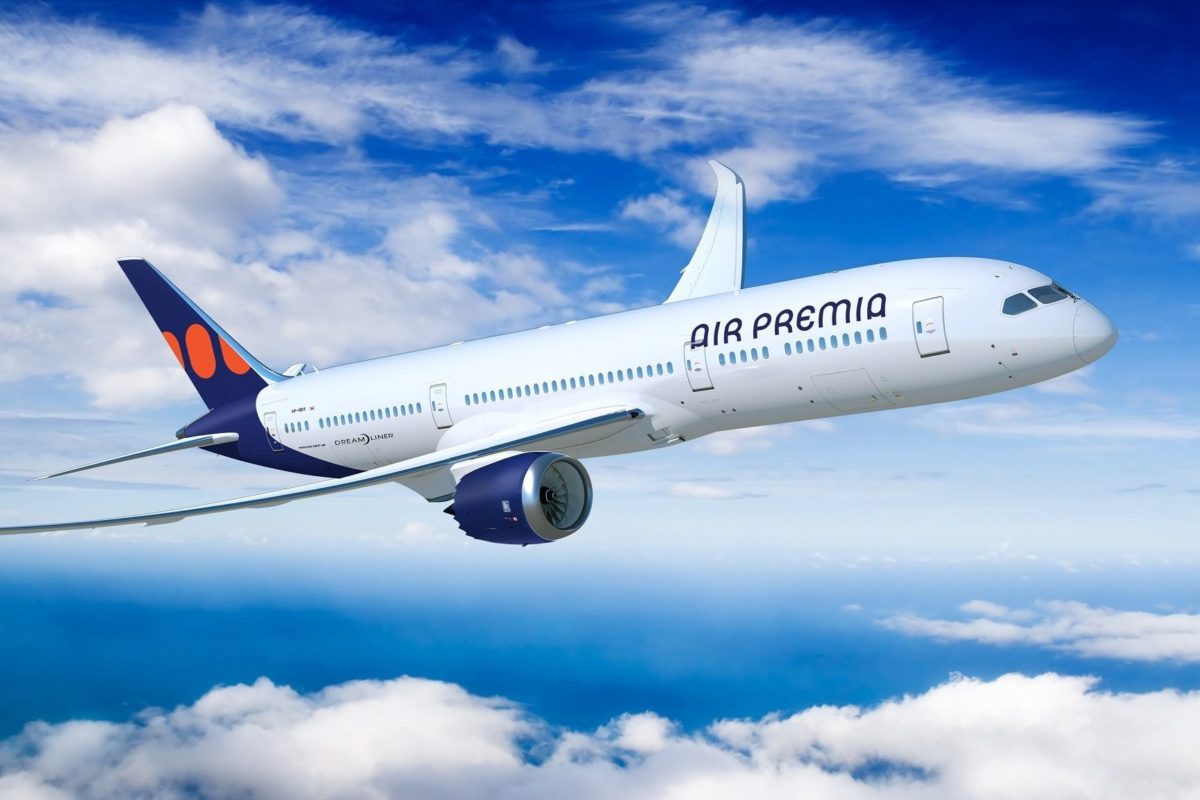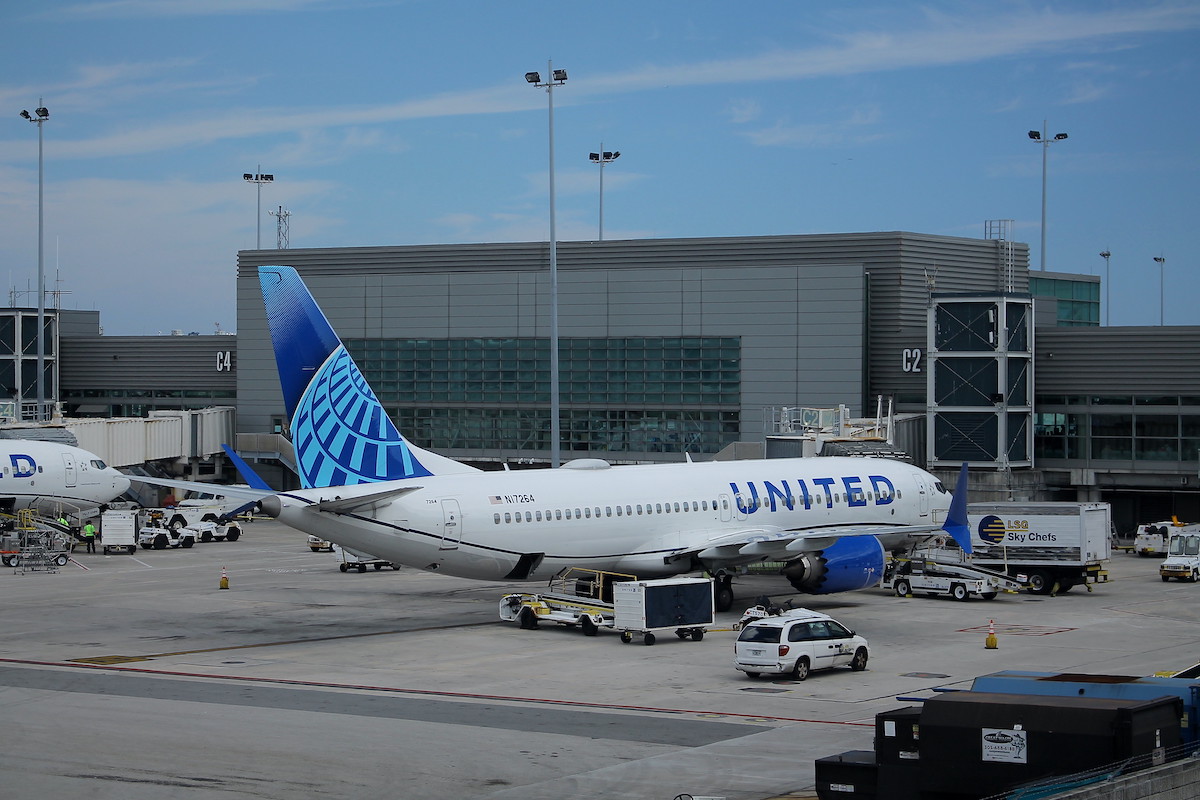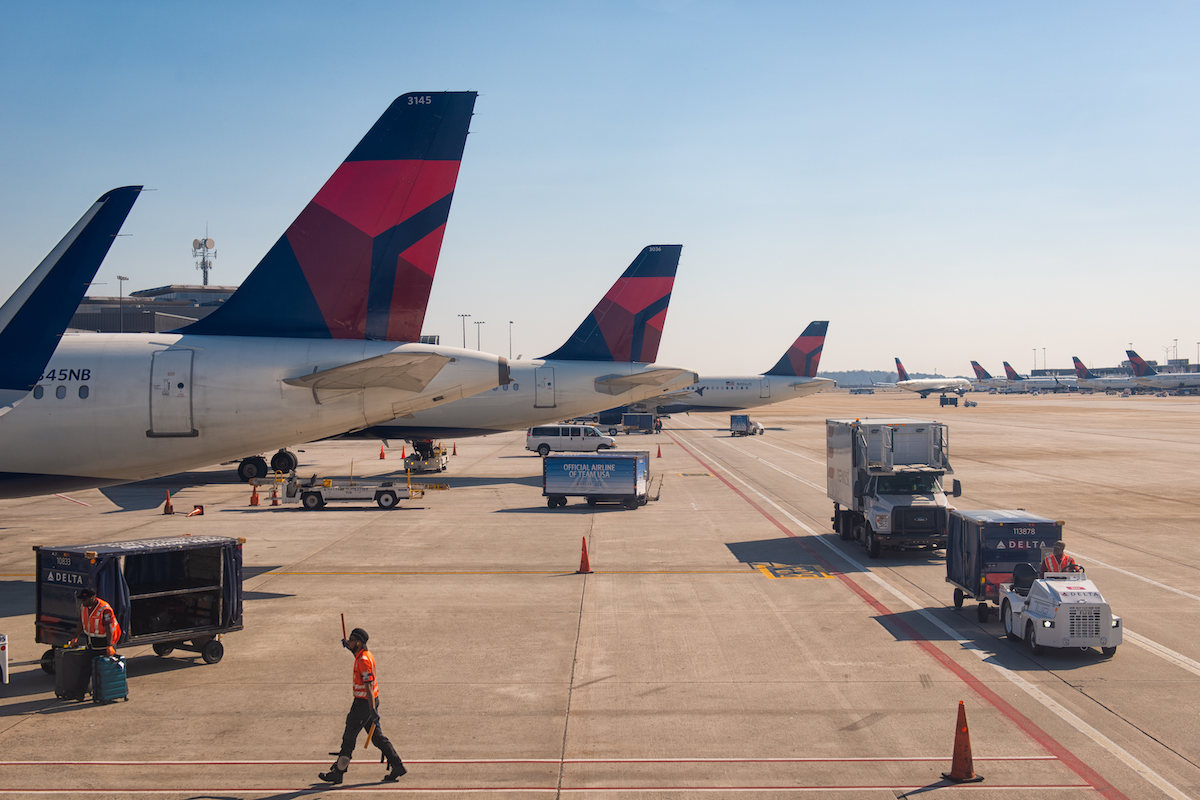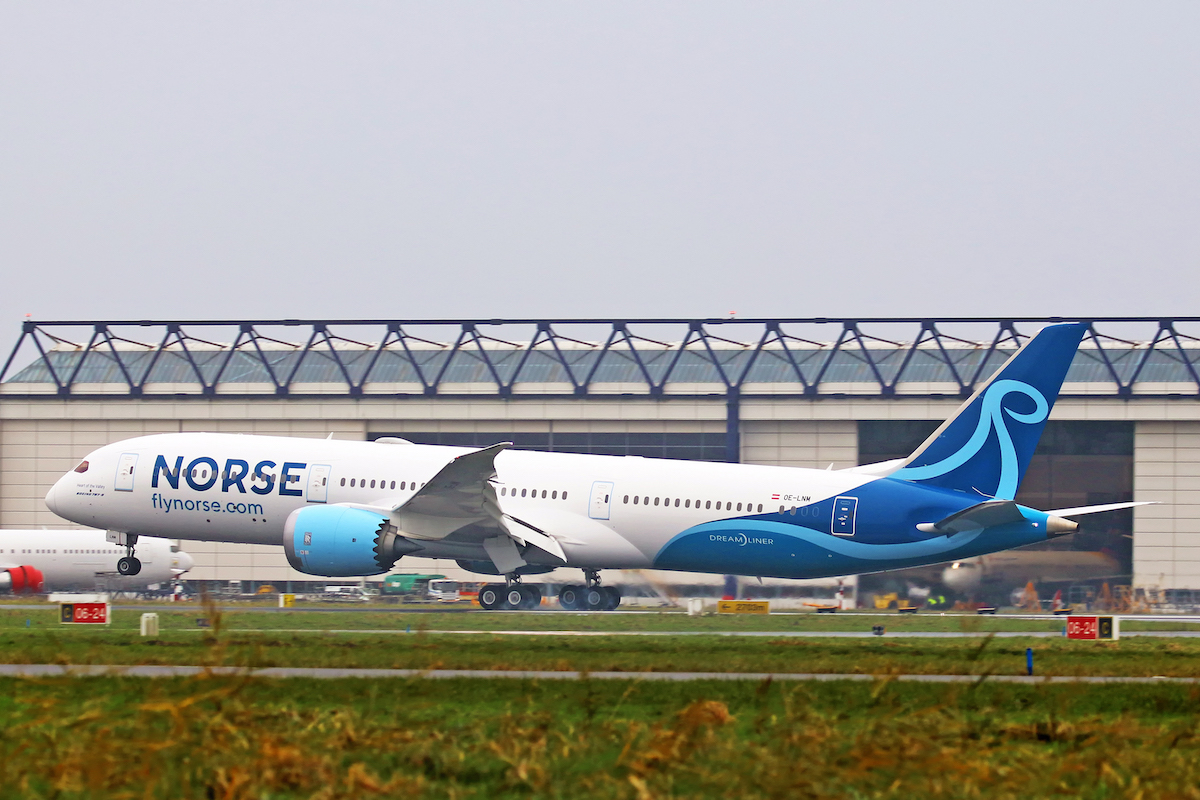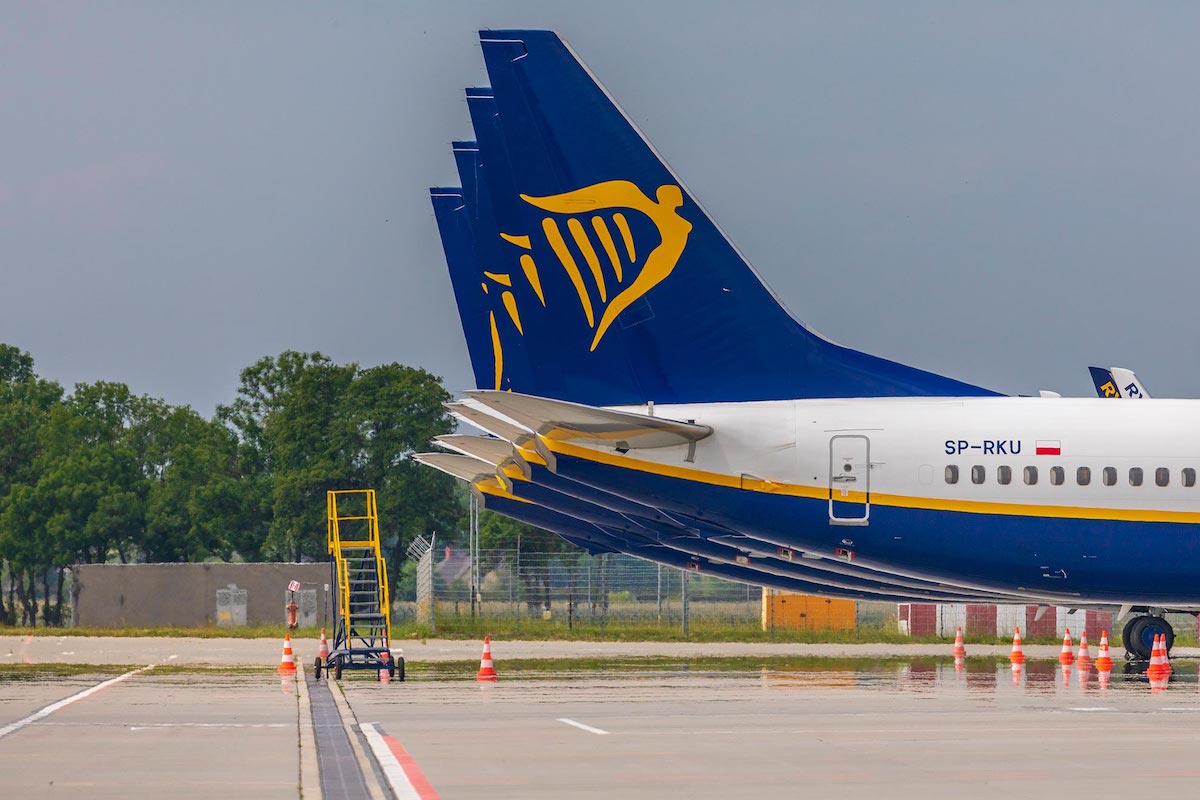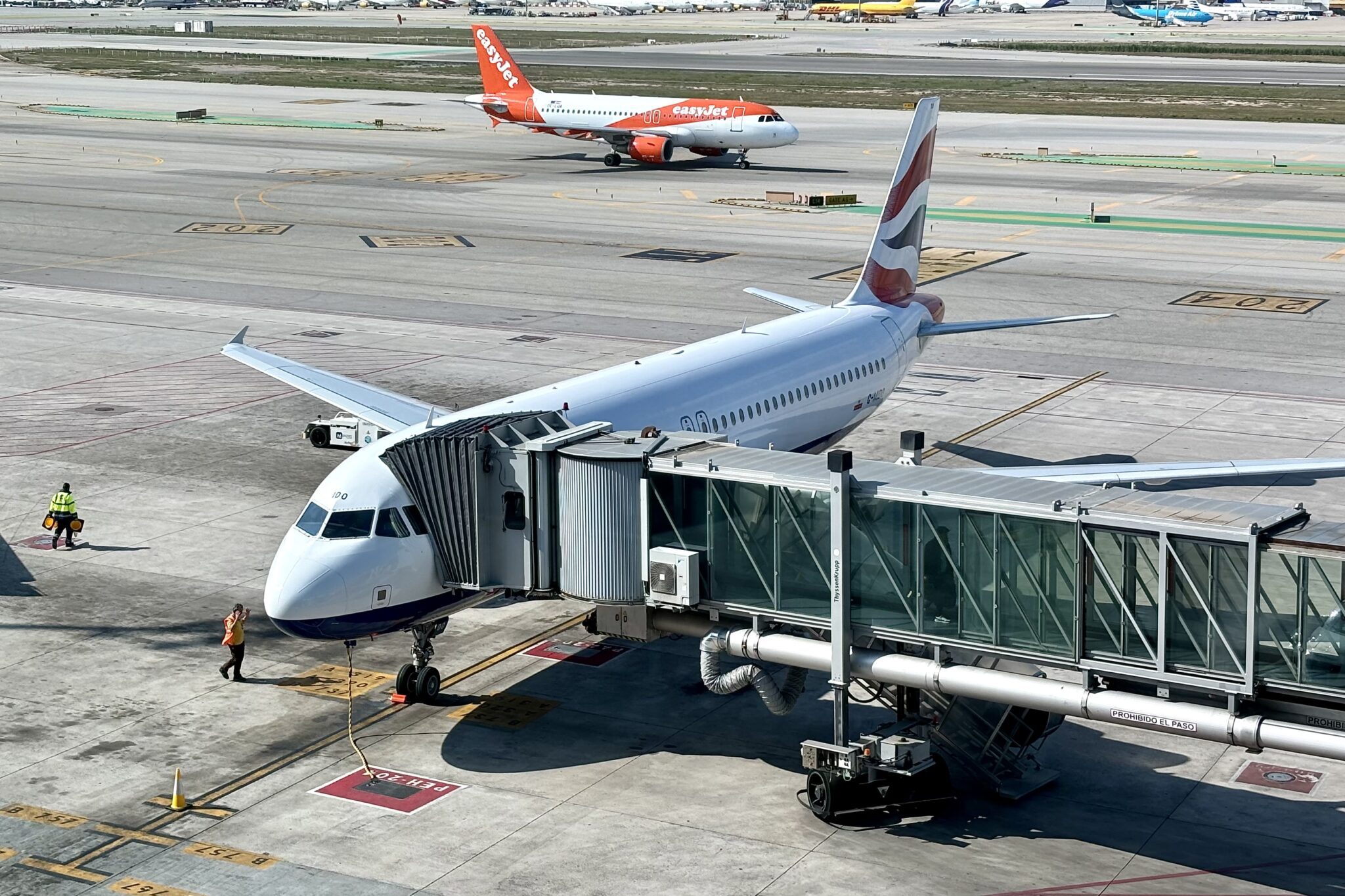Things are stirring in Korea’s airline market. Air Premia, which launched last summer, is now selling tickets on the busy Seoul Incheon-Los Angeles route, with flights starting on October 29. Service will run five times per week using Boeing Dreamliners, in direct competition with incumbents Korean Air and Asiana. Each offers two flights a day in both directions.
The new airline hopes to capitalize on Korea’s decision to drop all Covid-related travel restrictions this month, a prelude to what airlines hope will be a revival of tourism and family visits. Northeast Asia, including Korea, Japan, and greater China, has been slow to see travel recover this year, even as most other regions have experienced a takeoff. During August, the latest month of published statistics, Seoul Incheon airport handled two million passengers. That’s up from just 339,000 last August but still far shy of the 6.4 million Incheon handled in August 2019.
Air Premia calls itself a “hybrid service carrier,” aiming to offer low fares but with more amenities than most low-cost carriers. It currently operates three Boeing 787-9s configured in two classes: premium economy and economy, each with “standard” and “flex” pricing options featuring distinct policies on bag allowance, seating assignments, change and cancellation fees, etc. Economy customers can also choose a “lite” fare option offering the cheapest seats but also the fewest amenities and most restrictive policies.
There might indeed be an opening for new competition on the Seoul-Los Angeles route. Korean Air and Asiana plan to merge, which would leave just one airline offering nonstops. On the other hand, the obstacles and risks will be daunting. While airline industry history has its share of successful low-cost carrier startups, nearly all of major significance have flown single-aisle aircraft, not wide-bodies. From AirAsia X to Norwegian to Air Berlin, the industry is littered with examples of low-cost long-haul business models gone awry.
Air Premia’s 309-seat Boeing 787-9s offer excellent seat mile economics. Few would dispute that. But they’ll be pitted against Korean Air’s 291-seat 777-300ERs and Asiana’s 311-seat Airbus A350-900s—both plane types are well-accomplished long-haul performers in their own right. More importantly, Korean Air and Asiana have large premium offerings, and outsized premium seat yields are often critical to making money on long-haul routes. Both are major cargo players as well, essentially subsidizing their passenger operations with what are currently supersized freight yields. This helps explain why Korean Air was the most profitable airline in the world last quarter (among those typically focused on passengers). It posted a spectacular 22 percent operating margin. Asiana was a leader as well, earning a 10 percent margin last quarter. Keep in mind though that prior to the pandemic-era cargo boom, Korea’s two main airlines routinely struggled with weak margins and heavy debts.
The price-sensitive passengers Air Premia is targeting, of course, also have connecting options. United, for one, offers convenient Seoul-Los Angeles service via its San Francisco hub. Flying via an East Asian hub like Hong Kong, Taipei, or Manila is another option. If Korean Air and Asiana complete their merger meanwhile, others could decide to jump on the L.A.-Seoul market. Singapore Airlines once flew it nonstop. So did Thai Airways.
Regarding connections, Air Premia will barely have any, at least early on. Its only other current routes are to Singapore and Ho Chi Minh City. And while those cities will generate some transfer demand to and from L.A. (using Incheon as a hub), the large majority of the airline’s passengers will need to be local, just flying between L.A. and Incheon. Low fares can be a powerful tool to stimulate local demand, but demand stimulation is orders of magnitude more difficult on very long-haul routes, inclduing those crossing the Pacific. It’s more difficult to do with wide-bodies too—Air Premia will have 309 seats to fill five days a week, 12 months a year.
Successful practitioners of intercontinental wide-body flying have all learned a valuable lesson in recent decades: partnerships are critical. Cross-border joint ventures are popular for a reason. Air Premia won’t have any partners as it battles with Korean Air, whose tight joint venture with Delta generates traffic, revenue, and loyalty. In addition, third-party ticket distribution remains a vital ingredient to successful intercontinental flying, especially in Asia.
Undeterred, Air Premia will receive additional Dreamliners in the years ahead. But it will be many years before it achieves meaningful economies of scale. In any case, it hopes to follow its Los Angeles launch with more U.S. and perhaps European flying. California’s Bay Area is one market on its target list. There, it will face a head-to-head battle not just with Korean Air and Asiana but also United.
It certainly doesn’t help to launch a new airline—of any kind—during a time of U.S. dollar strength and high fuel prices. In January, the U.S. dollar purchased about 1,195 Korean won. On Oct. 10, it was worth 1,428 won. For Korea-based airlines, a weak local currency means dollar-based essentials like fuel and aircraft become pricier, absent any hedging. Los Angeles-originating sales will perhaps generate some dollar revenues for Air Premia, thus mitigating its forex exposure. But enough to overcome its many challenges?
